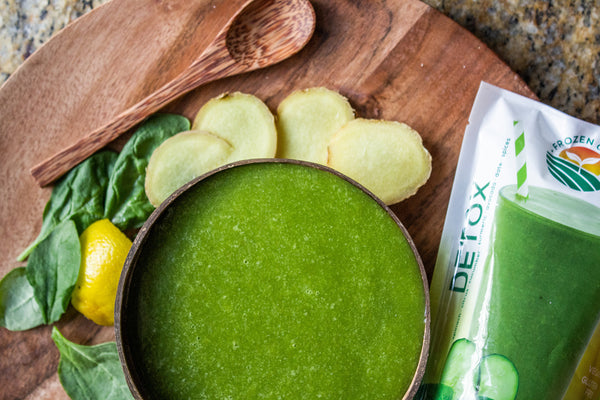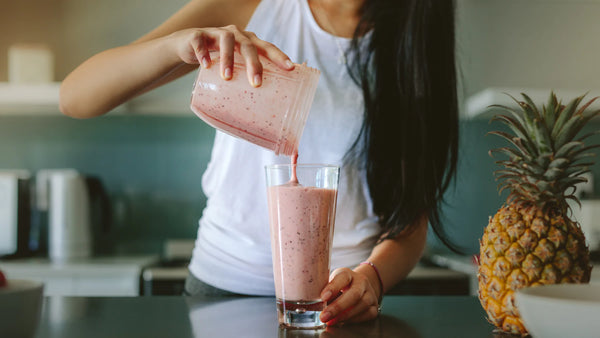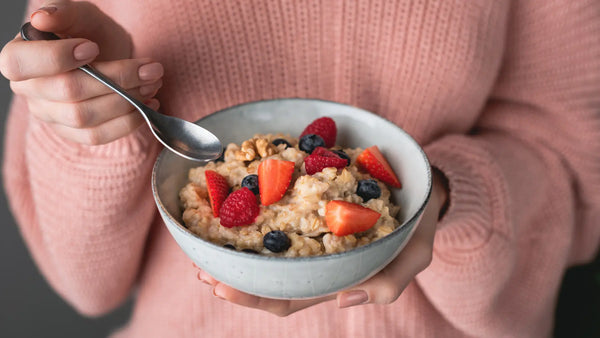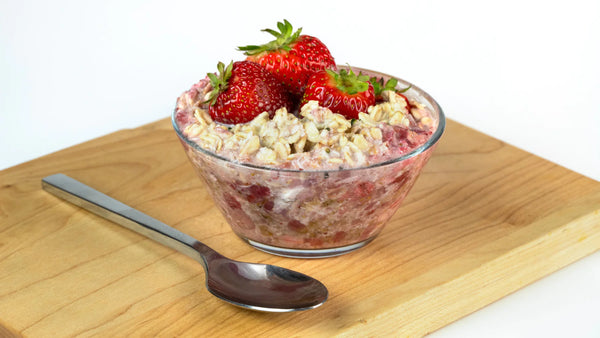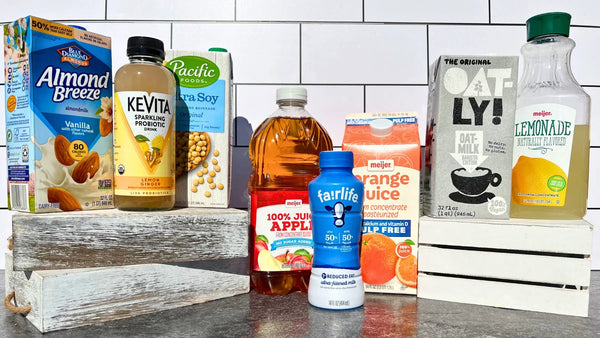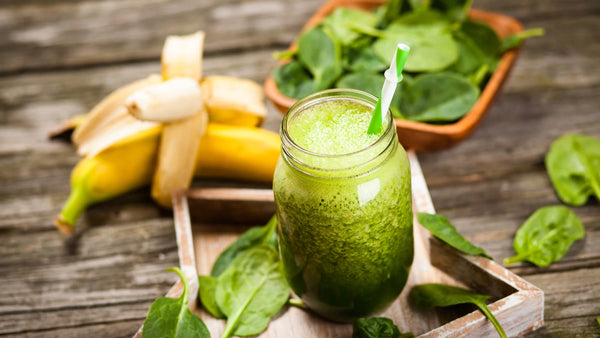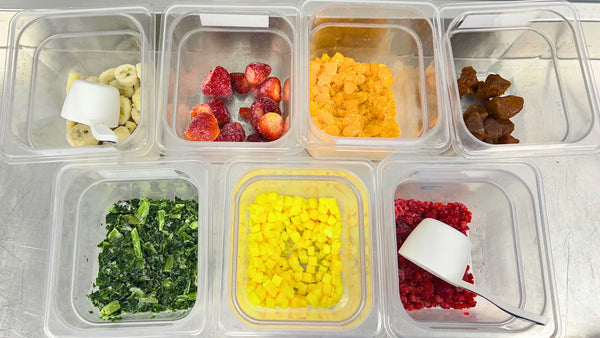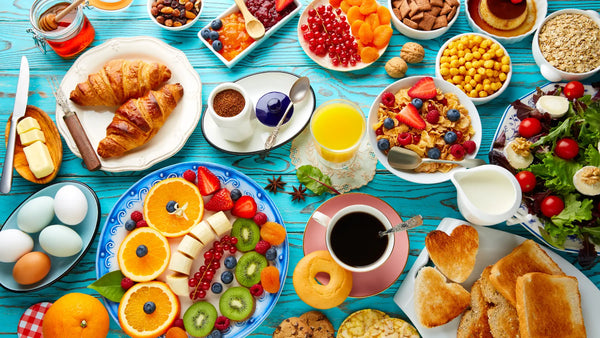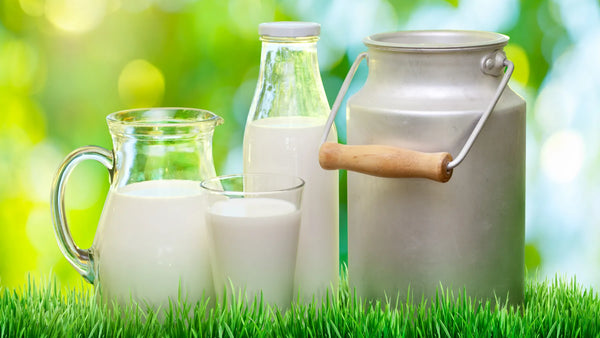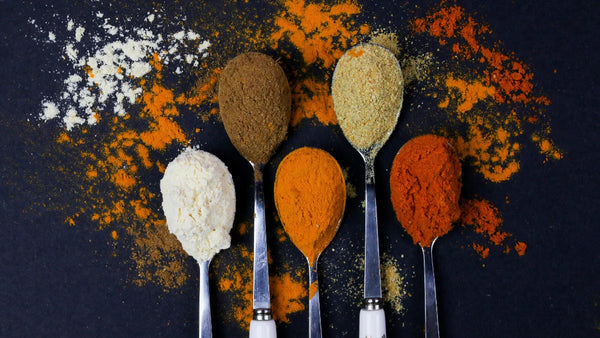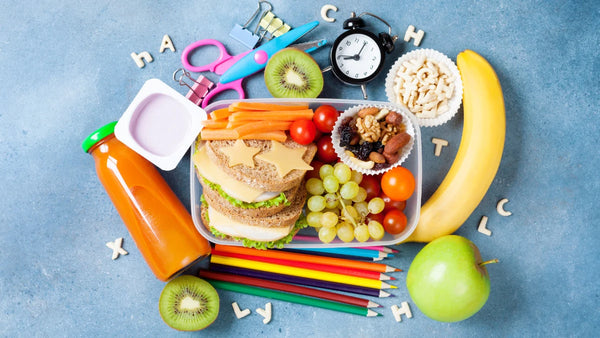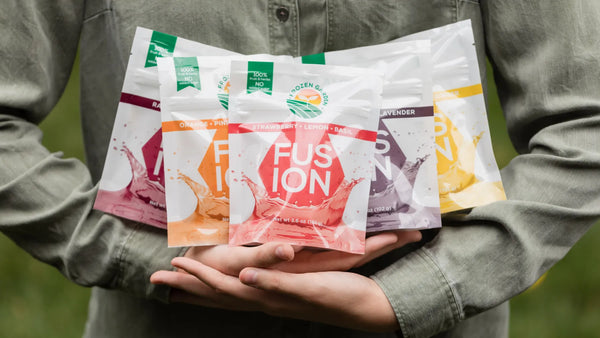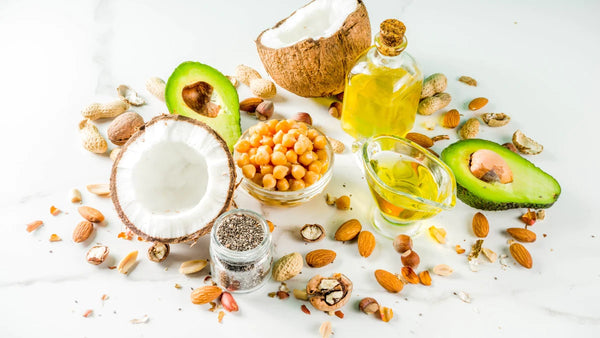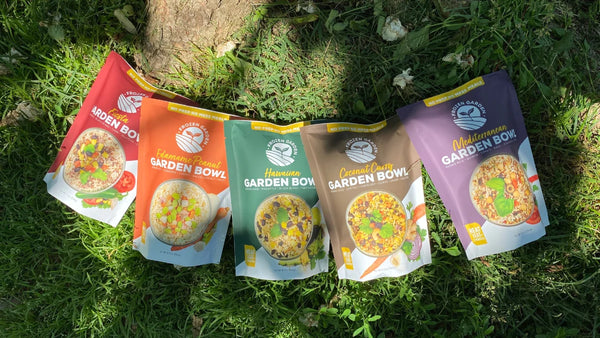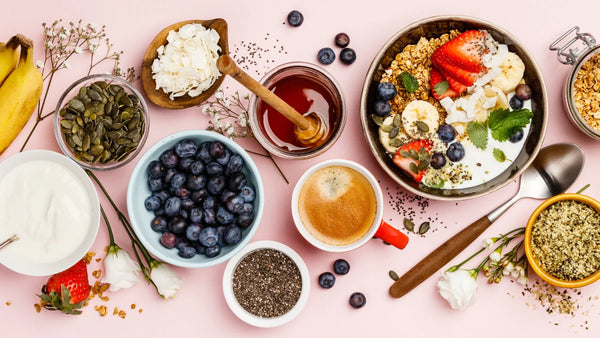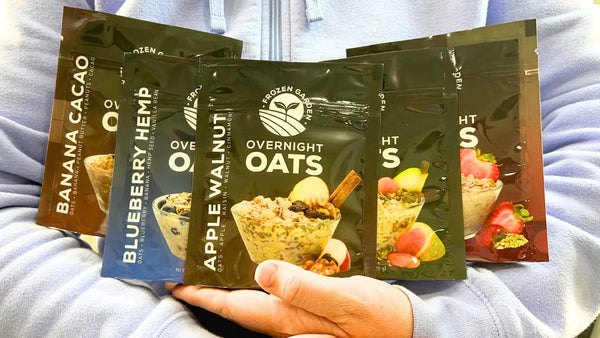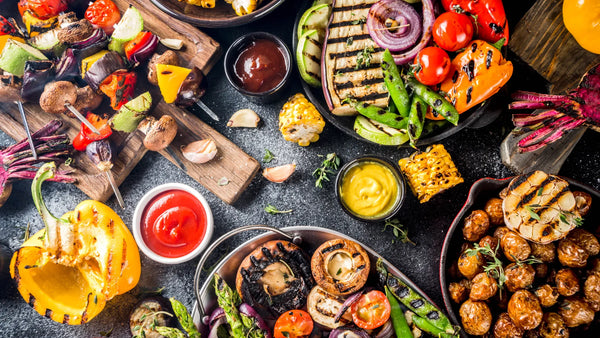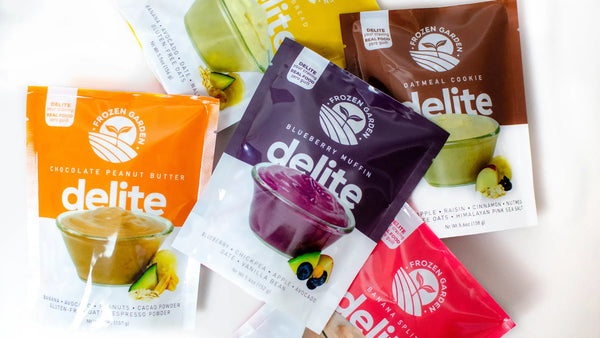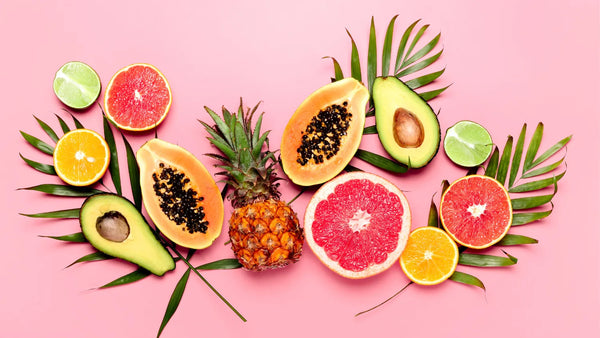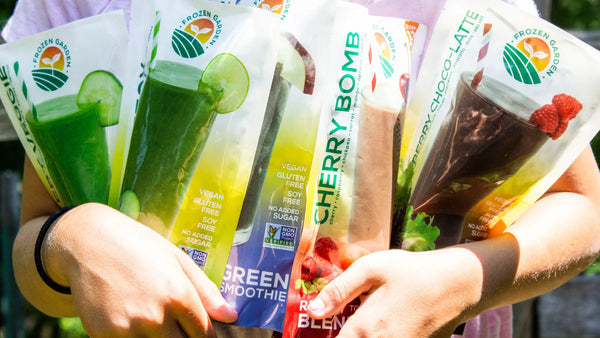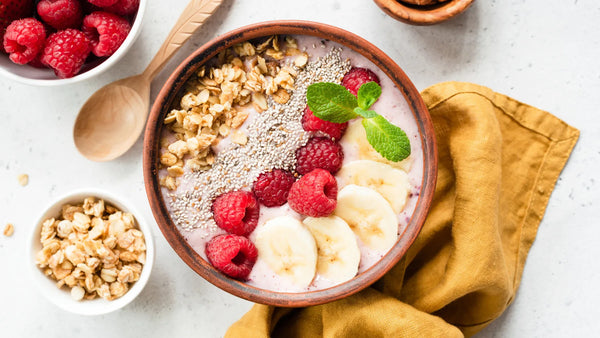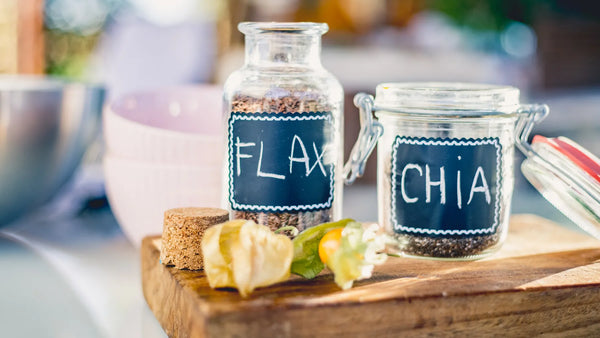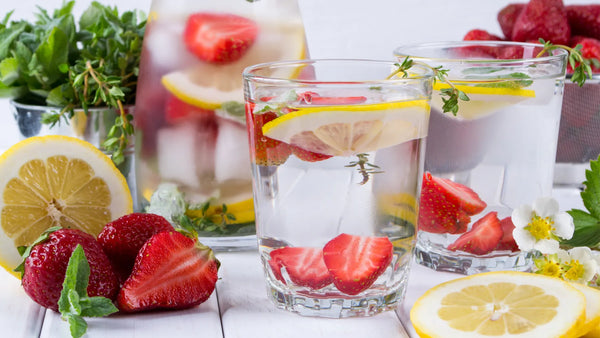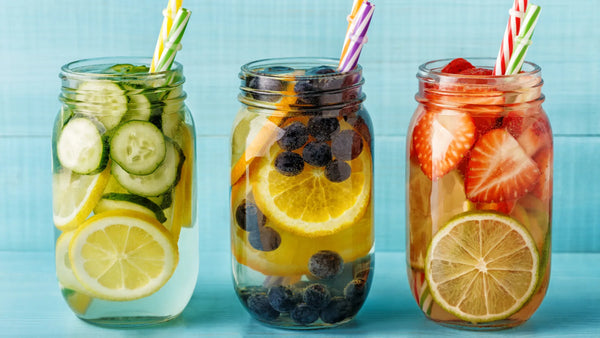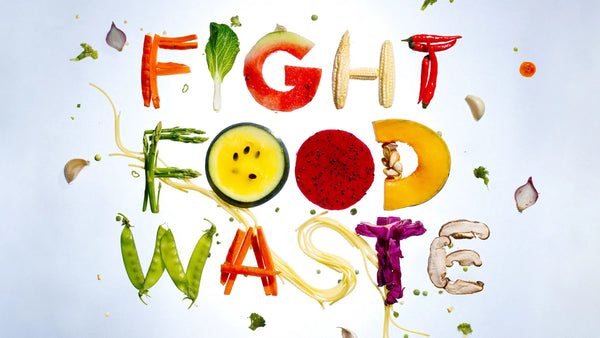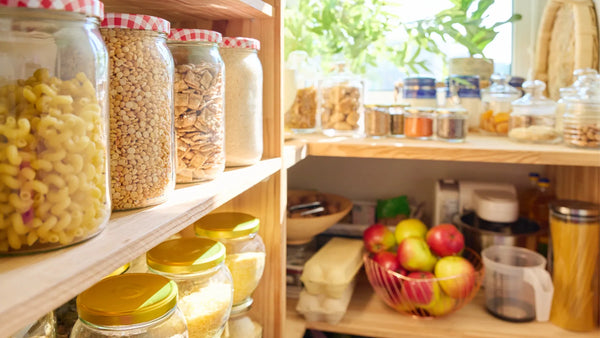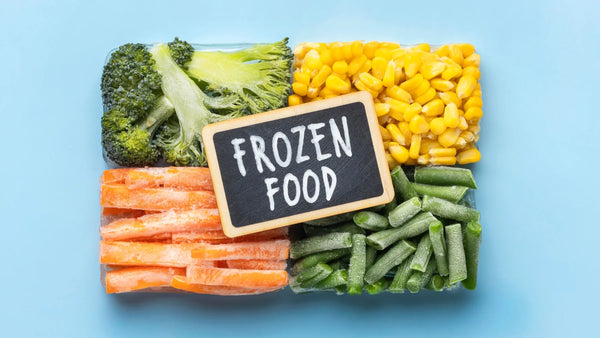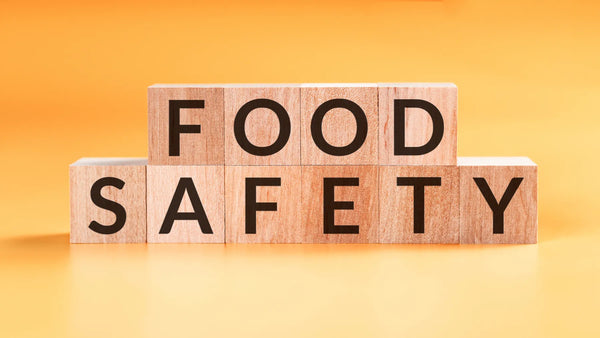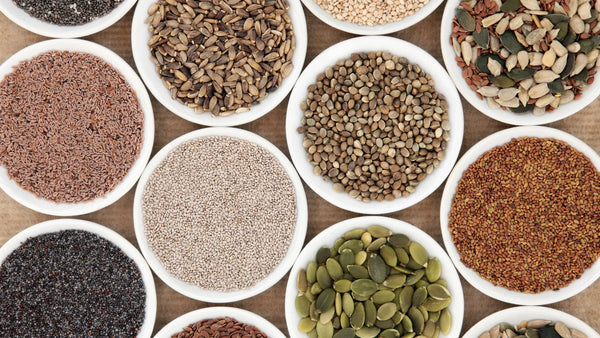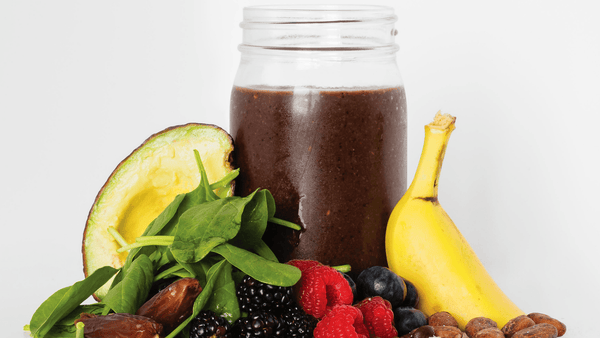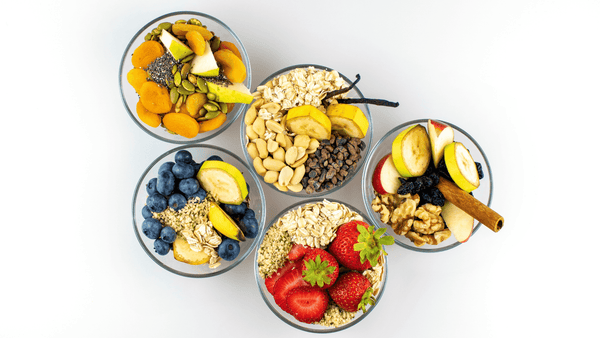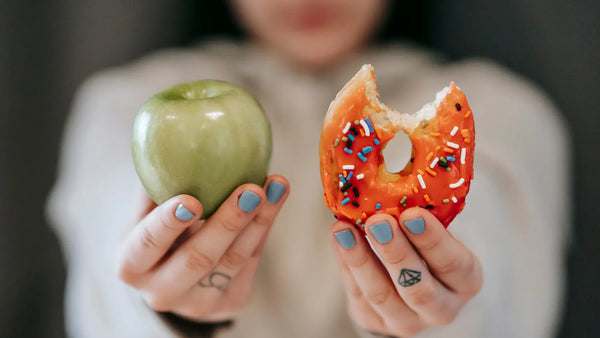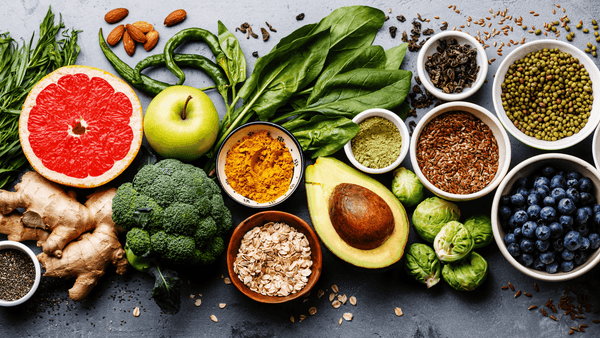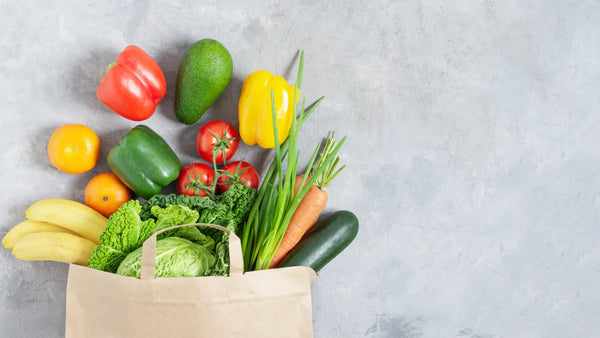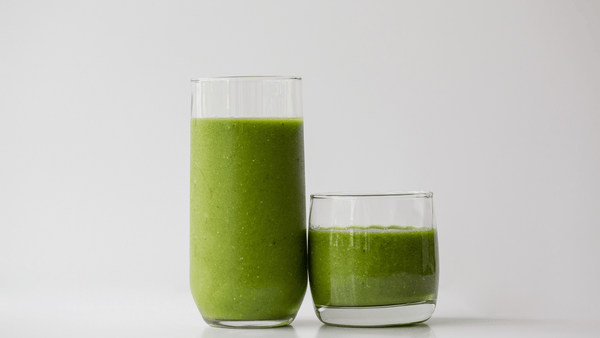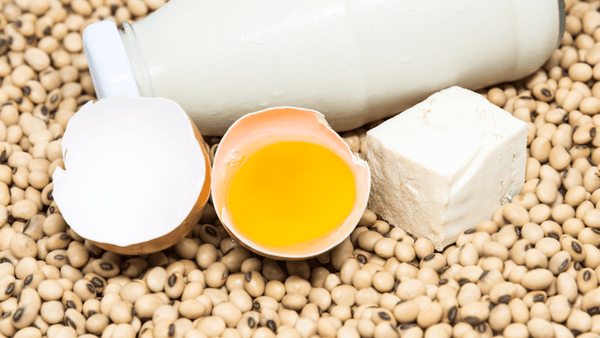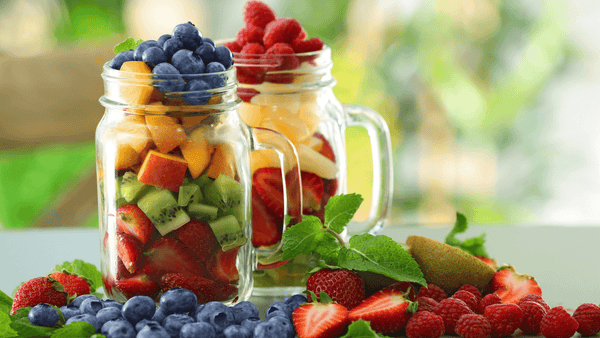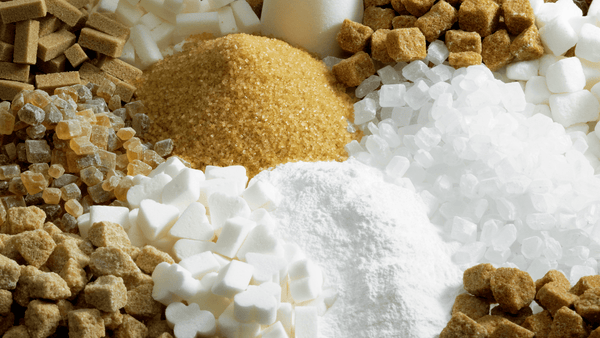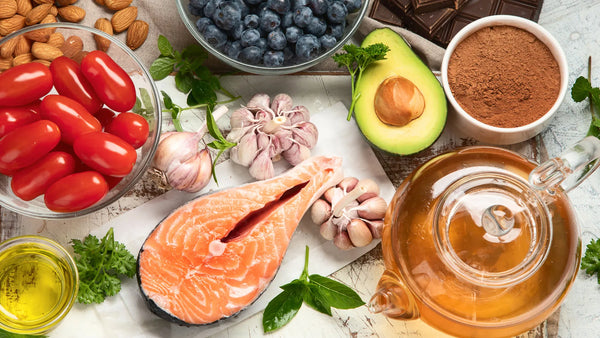Do confusing nutrition labels leave you puzzled? We'll explain each section to ease stress. Learn what to check so you can make informed diet choices with confidence.
We'll uncover critical parts like serving sizes, calories, fats, sodium and more. Find optimal daily limits and how to spot unhealthy ingredients acting as healthy ones.
Frozen Garden smoothies and bowls simplify nutrition detective work using straightforward, feel-good ingredients only. Our tasty, nourishing meals pack clean plant proteins, good carbs from fruits and veggies, plus essential vitamins and minerals.
Equip yourself to break down any label and judge if a food aids your diet aims. Our guide makes deciphering those cryptic panels understandable, letting you personalize informed selections. Say bye to bewilderment and feel empowered in the grocery aisle!

Ever feel lost staring at nutrition labels in the grocery store? You’re not alone! If you want to confidently understand your diet, you’re in the right aisle—err, place. You seek confidence - that feeling of truly knowing what you eat. But labels can seem puzzling. The sections and numbers look important, but how they relate to your diet? That’s the challenge.
It’s frustrating to feel out of control because the labels are confusing. Here, we'll break down nutrition labels section by section, explaining what to look for or avoid. Our goal is to ease frustration, empowering you with confidence in understanding more about what you eat. We’ll closely examine each part and make them simple to grasp, providing an understanding of how they apply to your diet. Turning confusion into informed, easy decisions about your diet goals - that’s our aim. No more mystery in the grocery aisle!
Serving Size


Serving size is the starting point on a label. First, know it’s not a recommendation of how much to eat or drink, says the FDA, but it’s the amount people typically consume.
Serving size isn’t one-size-fits-all. It’s more like the chef saying, “For the best experience, enjoy this much at once.” Adjusting your portion changes calories and nutrients. Those are based on the listed serving size.
Knowing serving size is the foundation of a nutrition label makes it the first step in mindful eating. It sets the stage for the rest of the label. But your portion may differ and affect nutrition numbers. Start with serving size for better understanding of the nutritional information.
Calories


The calories section shows the energy in one serving. Think of calories as fuel for your body, like gas for a car. Our bodies are always burning calories, needing continuous fuel. The number tells how much fuel comes from one serving. Getting the right calories daily keeps our bodies going.
But not all calories are equal. The total comes from nutrients: fats, cholesterol, sodium, carbs, proteins. These play key roles, so knowing them matters. Each nutrient listed adds to the total calories per serving and understanding their effect on the total calories aides in making good diet choices.
Fats


Moving on to fats on a nutrition label. Each gram of fat has 9 calories, says the Cleveland Clinic. Fats give energy slowly but efficiently, explaining their high calories. Not all fats are bad, but limiting saturated fats to 5-6% of your daily calories is ideal. That percentage is in the % daily value section on the right of the label, which shows how much a nutrient in the serving size contributes to a 2,000 calorie diet.
Avoid trans fats when possible. Some occur naturally, but most are artificial. Here’s the catch: the FDA doesn’t require that labels show exact trans fat amounts under 0.5 grams. So labels can say 0g trans fat but still have some. Trans fat comes from partially hydrogenated oils, so double checking the ingredients list for that is a good way to make sure that you’re actually avoiding trans fats in your diet.
Fats efficiently give energy to power your body like a powerhouse. But you need to know good fats from bad fats. Understanding this difference will give you the confidence to make healthy, tasty food choices that fit your diet goals.
Cholesterol


Next up is cholesterol on a nutrition label. This shows the milligrams of cholesterol per serving from the food itself. Cholesterol is a waxy, fat-like substance found in some foods and naturally produced by your body.
Consuming too much dietary cholesterol from foods increases heart disease risk. Current guidelines recommend limiting cholesterol intake as much as possible while maintaining a nutritious diet.
If keeping your heart healthy is important to you, pay attention to cholesterol when reading nutrition labels. Being mindful about the amount of cholesterol in your food gives you the power to manage this aspect of heart health. Checking labels for cholesterol content offers an easy yet important way to influence your diet and protect your well-being.
Sodium


Now, let's talk sodium—the sometimes-not-so-heroic figure on nutrition labels. This section of the label shows the amount of sodium in milligrams per serving, and ideally, you'd want to cap it at around 2,300 milligrams daily, as recommended. But here’s the deal: Many of us exceed this recommendation, and with sodium's effects on fluid balance and blood pressure, surpassing the limit can lead to potential problems such as high blood pressure, stroke, and heart disease.
It's easy to go overboard because sodium is like the ninja of the food world, sneakily present in most foods as a preservative and to add flavor. But keeping tabs on sodium levels can help pull back on the excess linked to potential health problems.
Carbohydrates & Sugars


Let's dig into carbohydrates, the primary energy source that keeps your body going. The carbs amount on a nutrition label gives you the total grams per serving, covering sugars, starches, and fiber.
When checking out sugars, it's vital to distinguish between added and natural sugars. Added sugars are just empty calories, so aim for only around 25 - 36 grams daily. Explore natural sugars in fruits and dairy—they bring along essential nutrients. To differentiate added from natural sugars, take a look at the ingredients list.
High fiber carbs assist blood sugar control and provide fullness. Most adults need 25-30 grams of fiber daily to promote proper digestion and heart health. However, the average American only gets about half the recommended fiber amount per day. Focusing on high fiber food options can help bridge the gap towards better digestive health and regularity.
Carefully examining the carbohydrates on nutrition labels ensures you get quality energy to power your days. Monitoring carbs, sugars and fiber allows tailored eating for balanced blood sugar.
Protein


Proteins are vital for building and repairing tissues in your body. The protein amount listed shows the total grams per serving. It's important to differentiate between animal and plant-based proteins in order to know what the proteins supply your body. Animal proteins, found in meat and dairy, provide essential amino acids crucial for your body. Plant-based proteins, found in beans and nuts, offer various nutrients and are often lower in saturated fats.
Understanding protein sources helps create a balanced diet. If you're looking to build muscle, focus on protein-rich foods. Regularly incorporating a mix of protein sources supports overall health and ensures your body gets the essential building blocks it needs. Enjoy a variety of proteins for a well-rounded and delicious diet.
Vitamins & Minerals


Now, let's check out the vitamins and minerals section on a nutrition label—a critical area that reveals essential micronutrients vital for different body functions. These nutrients are like helpers in our body, each doing a special job.
The nutrition label shows how much of each is in one serving. Think of vitamins and minerals as essential supporters for our health—they help with things like keeping our skin healthy, supporting our immune system, and making sure our bones stay strong.
When looking at labels, focus on foods with lots of vitamins that match your health goals. Eating a mix of foods ensures you get a variety of these helpers, which is good for your overall health. Just remember, it's important to find the right balance to make the most of these important nutrients.
Ingredients List


Now, let's dive into the ingredients list section—a crucial part of reading nutrition labels. Look for simple, easy-to-understand ingredients, and steer clear of anything that sounds unfamiliar or overly complicated. If the list is long with words you can't pronounce, it's a hint that the product might be highly processed.
Remember, ingredients are listed by weight, so the ones at the top are the most present in the product. Be aware of different terms for ingredients; sugar, for instance, could go by various names like high fructose corn syrup, dextrose, galactose, glucose... the list goes on.
As mentioned earlier, the ingredients section helps you distinguish between added and natural sugar. Check for fruits in the ingredients to spot where the natural sugars come from. And remember to be vigilant for partially hydrogenated oils as a way steer clear of trans fats.
By focusing on straightforward, easy-to-understand ingredients and avoiding the unfamiliar, you're set to make choices in line with your health goals. A clear and simple ingredients list is a foolproof way to ensure your food choices contribute to a healthy and balanced diet.

Understanding food labels is key to taking charge of your diet and health. But decoding the sections can be confusing, making you feel overwhelmed in the store. As we learned, each label part gives important details to guide your food picks.
Not carefully checking serving sizes, calories, nutrients and ingredients means missing simple yet big chances to line up what you eat with your needs. But taking time to grasp what matters on labels brings confidence at mealtime.
Now you can break down any label to judge if a food fits into a balanced, feel-good diet. Put these new label reading skills into play on your next grocery trip.
Seeking straightforward ingredients packed with natural nutrients? Frozen Garden products provide crave-worthy meal and snack time solutions that fit your diet and lifestyle. Having a subscription with Frozen Garden means never running out of options with simple to understand ingredients that provide all the right kinds of nutrients.




